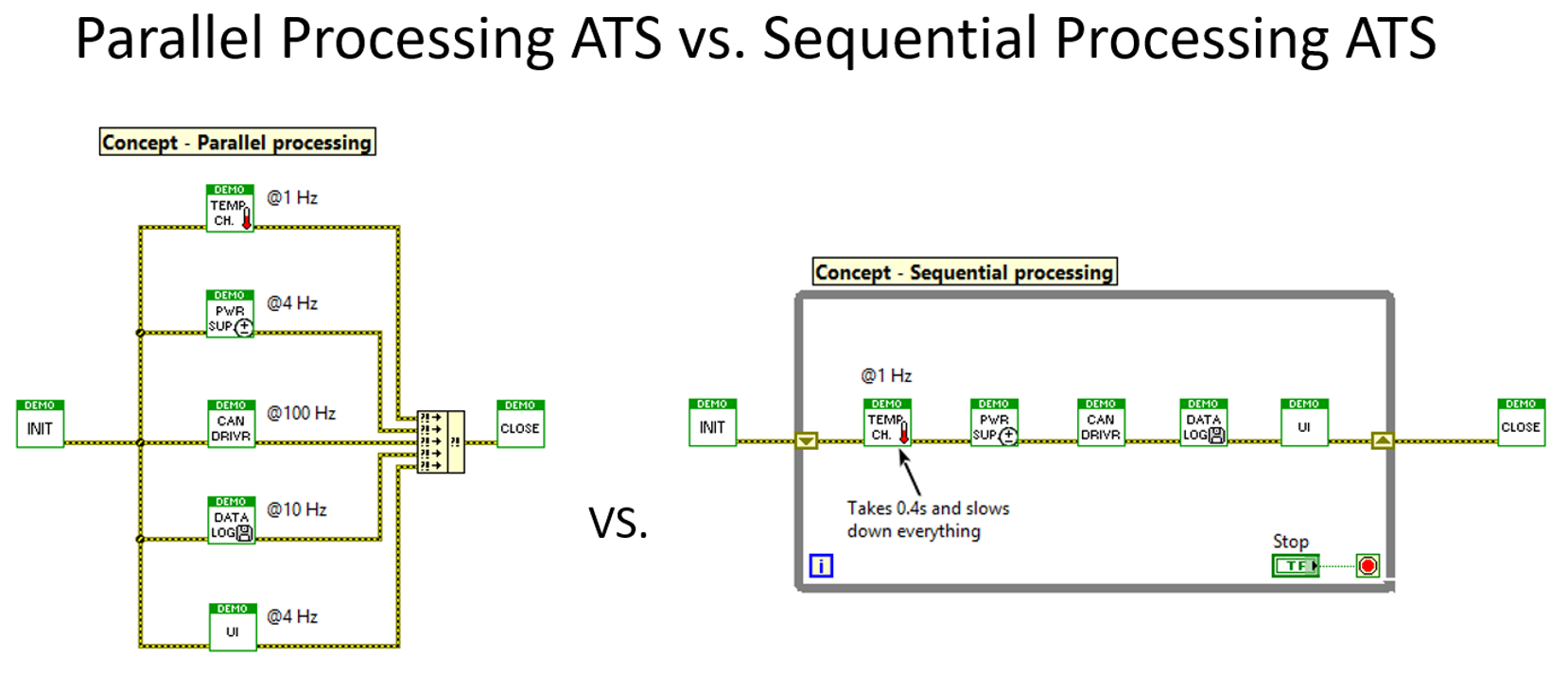
The LPA can refuse planning permission if the sequential and exception tests are not done or not satisfied.
the development will reduce flood risk overall, where possible. the development will be safe for its lifetime taking account of the vulnerability of its users, without increasing flood risk elsewhere. the development would provide wider sustainability benefits to the community that outweigh the flood risk. You will need to provide the evidence the LPA needs to check if: ‘essential infrastructure’ in flood zone 3a or 3b. The exception test is needed for developments with a vulnerability classification 3 of: If the sequential test can be satisfied you need to check if the exception test is also needed. 2 Speak to the LPA to find out what further information may be needed on the sequential test. Refer to guidance on Applying the sequential test to individual planning applications. The LPA may also require you to check on the current status of alternative sites to determine if they can be considered ‘reasonably available’. You should also include information with your application to identify any other ‘reasonably available’ sites within the area of search that have not already been identified by the LPA, such as sites currently available on the open market. It is for the LPA to consider whether the test is passed, with reference to the information it holds on land availability. You should speak to the LPA early to discuss the sequential test and determine an appropriate area of search for the test. there have been no significant changes to the known level of flood risk to the site, now or in the future, which would have affected the outcome of the test. the proposal is consistent with site’s allocated use and. development on a site allocated in the development plan through the sequential test, and:. change of use (except changes of use to a caravan, camping or chalet site, or to a mobile home or park home site). small non-domestic extensions with a footprint of less than 250 square metres. householder development like residential extensions, conservatories or loft conversions. Its aim is to steer new development to areas with the lowest risk of flooding.ĭevelopment in flood risk areas is only exempt from the sequential test if it is a: The sequential test compares your proposed site with other available sites. at risk of flooding from other sources, or could be in the future. in flood zone 1 and your LPA’s SFRA shows it to be at risk of flooding from rivers or the sea in the future. Finally, we discuss benefits and limitations of sequential MPT analysis.Check if the sequential and exception tests applyĪ sequential test 1 is required for major and non-major development – (check the development class section above) if it is: We evaluate the properties of the proposed test procedures by means of simulations. Moreover, a large-sample approximation, based on ML theory, is presented for typical MPT models with more than one unknown parameter. 
We illustrate the SPRT approach to statistical inference for simple hypotheses in single-parameter MPT models.

As a consequence, SPRTs typically require only about half of the Neyman–Pearson sample size without compromising error probability control. Unlike Neyman–Pearson tests, sequential tests continuously monitor the data and terminate when a predefined criterion is met. Herein, we propose sequential probability ratio tests (SPRTs) as an efficient alternative. Classical test procedures such as Neyman–Pearson tests often require very large sample sizes to ensure sufficiently low Type 1 and Type 2 error probabilities. However, a considerable drawback of individual MPT analyses emerges from the limited number of data points per individual, resulting in estimation bias, large standard errors, and low power of statistical tests. Therefore, their use has also been proposed repeatedly for purposes of psychological assessment, for example, in clinical settings to identify specific cognitive deficits in individuals. MPT models allow for estimation of, and statistical tests on, parameters that represent psychological processes underlying responses to cognitive tasks. Batchelder’s seminal contributions in the 1980s and 1990s, multinomial processing tree (MPT) modeling has become a powerful and frequently used method in various research fields, most prominently in cognitive psychology and social cognition research.






 0 kommentar(er)
0 kommentar(er)
